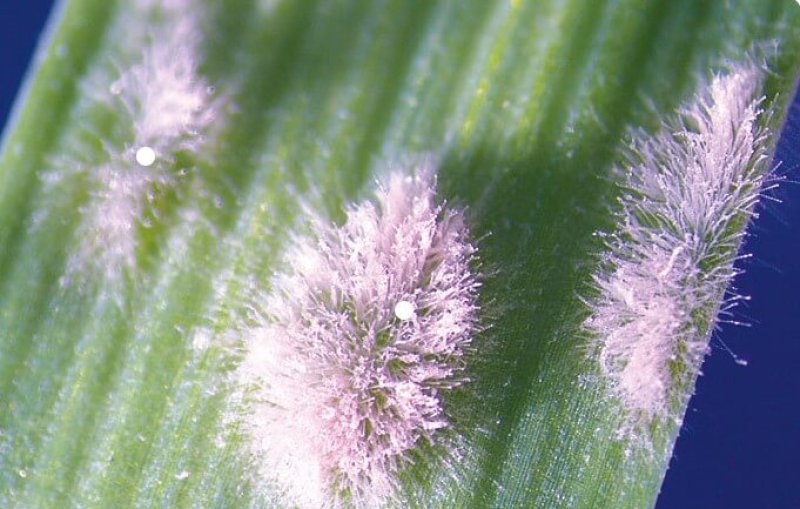Powdery mildew certainly sounds unappealing, but for wheat farmers the fungus can mean a serious hit to the pocketbook. It infects crops, yellowing leaves and stunting growth.
Some plants can naturally resist powdery mildew. During expeditions in the 1940s to Ethiopia, scientists discovered local types of barley that were unaffected by the fungus…. That’s because of a gene, called MLO, that when mutated somehow prevents the fungus from infecting the barley, apparently in part by quickly thickening cell walls when spores try to penetrate and having other nearby cells self-destruct.
…
Gao Caixia, a plant scientist at the Institute of Genetics and Developmental Biology of the Chinese Academy of Sciences, and her colleagues began to study genes involved in yield and disease resistance in wheat. Using gene-editing methods including CRISPR, they created the same protective mutation in the six copies of MLO genes in wheat.
Before any gene-edited wheat can be sold to farmers in China, the new strains would need to be approved by the agriculture ministry. Gao is optimistic: The ministry’s new guidelines for approving gene-edited crops, she says, provide “a clear path forward” to commercialization.































